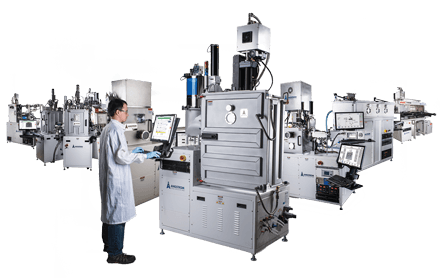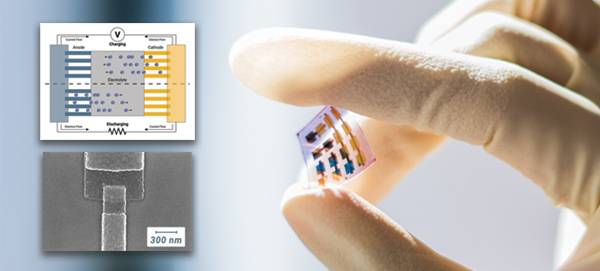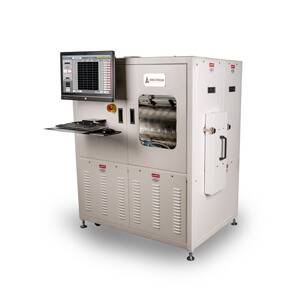Chemical Vapor Deposition: Overview
Deposit conformal films without the need for high vacuum, onto substrates with irregular surfaces, or on large quantities of closely packed substrates.
Chemical Vapor Deposition (CVD) is a process in which precursor gases react to form film deposits on a substrate. Source gases are supplied through a gas management system to the inlet of a heated quartz tube by forced and free convection. CVD is carried out at, or slightly below atmospheric pressure with flow rates in the laminar regime. As the gas flows over the substrate, shear forces slow the gas down resulting in a velocity gradient. Ultimately, the gas velocity drops to zero at the substrate and a boundary layer is formed.
These factors combine to give CVD some advantages over typical Physical Vapor Deposition (PVD) processes. Firstly, CVD is carried out at significantly higher pressures than PVD eliminating the need for high vacuum pumps. If the system does not require extensive gas management infrastructure to deal with toxic gases, costs can be reduced significantly. Another advantage of the higher pressure, combined with the laminar flow properties of CVD, is that deposition does not need to be in line of sight. This makes it possible to deposit conformal films on substrates with irregular surfaces, or on large quantities of closely packed substrates.
A wide range of films may be deposited using CVD including many technologically important insulators and semiconductors including:
• Polysilicon, Amorphous Silicon, and Epitaxial Silicon
• Silicon Dioxide (TEOS, high temperature oxide [Dichlorosilane], Low temperature oxide [Silane])
• Silicon Nitride and Oxynitrides
• Silicon-Germanium
Discover More…
Thermal LPCVDRapid AnnealingDiffusion FurnaceIs CVD the right process for your goals?
Your expertise combined with our team of process technologists could make for a powerful partnership.
What technical obstacles can our engineering team help you overcome? Please press the ‘Get in Touch’ button to get in contact with us, we’d be excited to hear about your research and help you in any way we can.







